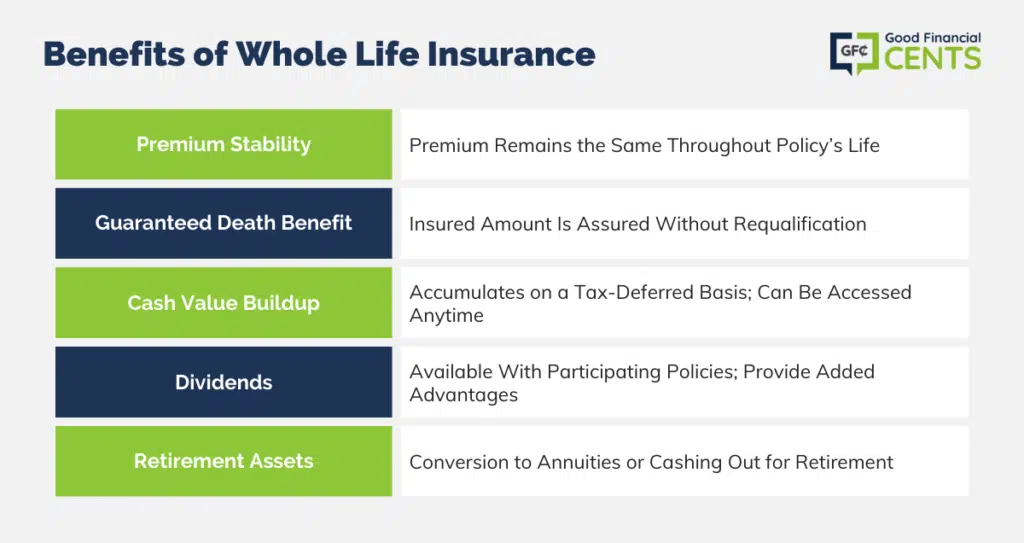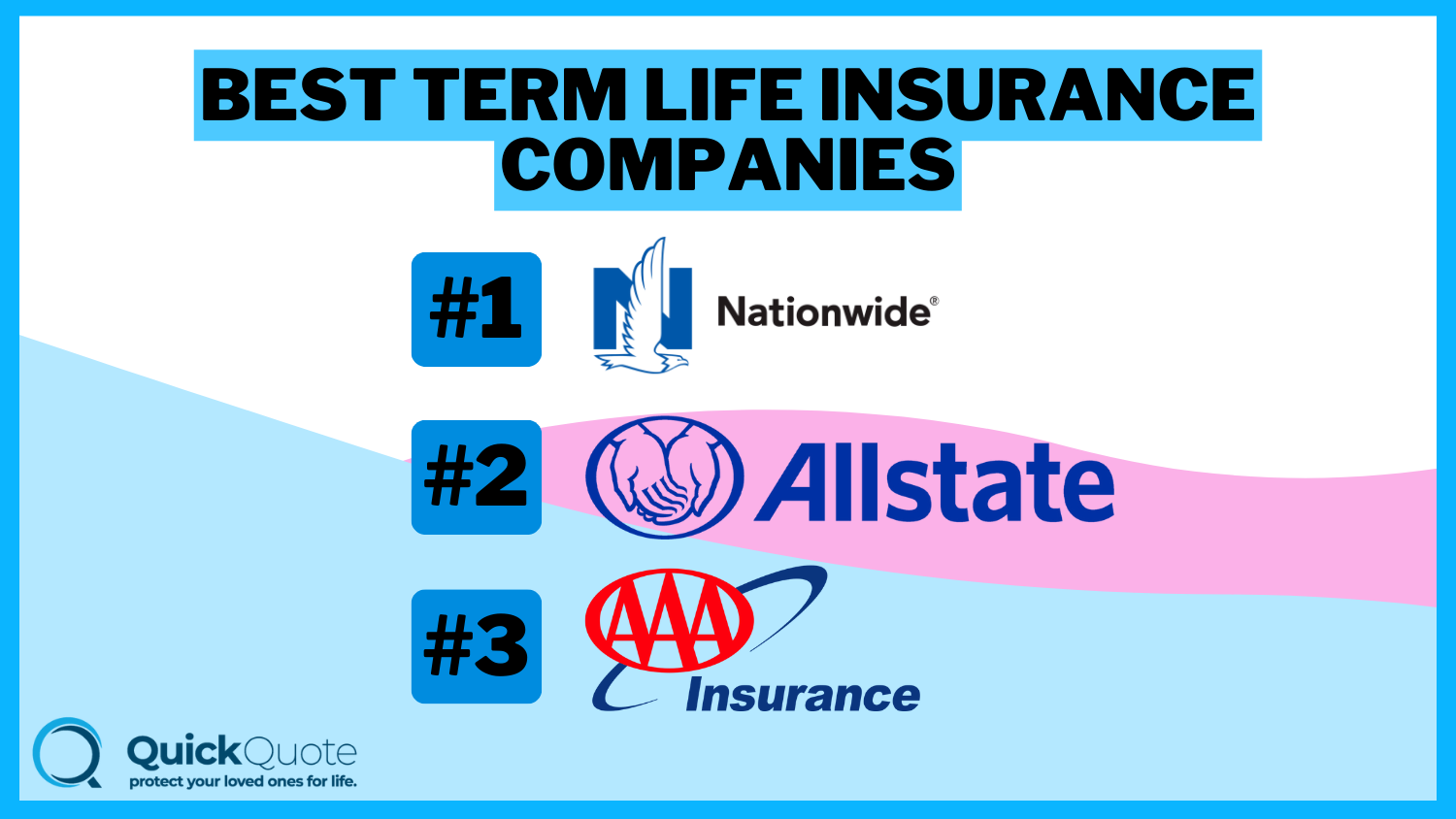Understanding Not-at-Fault Car Accidents
After a car accident, you’re likely feeling shaken and confused. If you weren’t the one at fault for the accident, you may be wondering what your next steps should be. Here’s what you need to know about not-at-fault car accidents.
A not-at-fault accident is one in which you were not responsible for the cause of the accident. This means that the other driver was at fault for the accident, either by driving recklessly, failing to yield, or otherwise violating the rules of the road. If you’re involved in a not-at-fault accident, it’s important to know your rights and what steps you need to take to protect yourself.
In a not-at-fault accident, it is important to remember that you are not responsible for the accident and that you should not admit fault to the other driver or the police. You should also exchange information with the other driver, including your name, address, phone number, insurance information, and license plate number.
After the accident, you should report the accident to your insurance company as soon as possible. Your insurance company will investigate the accident and determine who is at fault. If the other driver is found to be at fault, your insurance company will likely cover the cost of your damages.
If you have been injured in a not-at-fault accident, you may be entitled to compensation for your injuries. You may be able to recover damages for your medical expenses, lost wages, pain and suffering, and other losses. You should speak to an attorney to discuss your options for recovering compensation.
Not-at-fault car accidents can be stressful and confusing, but it’s important to know your rights and what steps you need to take to protect yourself. By following the steps outlined above, you can help ensure that you are treated fairly and that you receive the compensation you deserve.
Not-at-Fault Car Accident: A Guide to Protecting Your Rights
Imagine yourself driving along, minding your own business, when suddenly, out of nowhere, another car slams into yours. You’re not at fault, but now you’re left dealing with the aftermath—a damaged car, injuries, and a lot of stress. Don’t worry, you’re not alone. Many people find themselves in this situation every year, but there are steps you can take to protect your rights.
Steps to Take After a Not-at-Fault Accident
1. Ensure Your Safety
The most important thing after an accident is to ensure your safety. Pull over to the side of the road if possible, and check yourself for injuries. If you’re able, get out of your car and check on the other driver. If you or anyone else is injured, call 911 immediately.
2. Exchange Information
Once you’re sure everyone is safe, exchange information with the other driver(s) involved in the accident. This includes your name, address, phone number, insurance company, and policy number. You should also get the make, model, and license plate number of the other vehicle(s) involved. It’s essential to remain calm and composed during this exchange. Not only will this help you gather accurate information, but it can also prevent the situation from escalating. Remember, the goal is to obtain the necessary details without engaging in unnecessary confrontations.
3. Document the Scene
Take pictures of the damage to your car and the other vehicle(s) involved. If there are any witnesses, get their names and contact information. You can also use your phone to record a brief video of the scene, narrating what you see and any relevant details. This documentation will be invaluable when you file your insurance claim.
4. Contact the Authorities
In most cases, you will need to report the accident to the police. They will investigate the accident and create a report that you can use to file your insurance claim. Don’t be afraid to call the police, even if the accident seems minor. A police report will provide an official record of what happened and can help protect you if the other driver disputes fault.
Not-At-Fault Car Accident: What You Need to Know
Imagine you’re cruising down the highway, minding your own business, when suddenly, a texting driver plows into your car. You’re not at fault, but now you’re facing a mountain of headaches—medical bills, car repairs, and the hassle of dealing with insurance companies. Fear not! We’ll guide you through the ins and outs of filing a not-at-fault car accident claim.
Filing an Insurance Claim
Contact your insurance company ASAP. They’ll guide you through the process and provide support. Gather all the necessary documents, like the accident report, medical records, and photos of the damage. Do not admit fault, and don’t apologize to the other driver, as it could be used against you later on.
Dealing with the At-Fault Driver’s Insurance Company
Here’s where things get tricky. The at-fault driver’s insurance company will likely try to minimize their liability, so it’s crucial to be prepared. First, don’t sign anything without consulting with your own insurance company or an attorney. Second, gather evidence to support your claim, like witness statements, medical records, and photos. Third, be patient and persistent, as the process can take time.
Getting Compensated
Filing a not-at-fault car accident claim can be a daunting task, but it’s essential to get the compensation you deserve. Insurance companies will often offer a settlement amount, but it’s important to weigh the pros and cons. You may want to consult with an attorney to explore your options, including filing a lawsuit if necessary.
Additional Tips
- Stay calm and don’t panic after an accident.
- Exchange information with the other driver, including insurance details.
- Take photos of the damage and the scene of the accident.
- Seek medical attention even if you don’t feel injured. Injuries may take time to manifest.
- Keep a record of all expenses related to the accident, including medical bills, car repairs, and lost wages.
- Don’t settle for less than you deserve. You’re entitled to be fairly compensated for your losses.
The Aftermath: A Guide to Navigating a Not-at-Fault Car Accident
Being involved in a car accident can be a harrowing experience, even when you’re not at fault. The aftermath can be overwhelming, leaving you with a whirlwind of emotions, injuries, and financial concerns. This comprehensive guide will equip you with the essential knowledge and steps to take after a not-at-fault car accident, ensuring your well-being and protecting your rights.
Seeking Medical Attention
After an accident, even if you feel unscathed, it’s crucial to seek medical attention promptly. Some injuries, like whiplash or concussions, may take days or even weeks to manifest. A thorough medical examination will not only diagnose any hidden injuries but also create a record of your condition for insurance purposes.
Documenting the Scene
Gathering as much evidence as possible is paramount after an accident. Take photos of the damage to both vehicles, the surrounding area, and any visible injuries you sustain. Obtain contact information from any witnesses and exchange insurance details with the at-fault driver. A detailed record will strengthen your case if you need to file a claim later on.
Contacting Your Insurance Company
Inform your insurance company about the accident as soon as possible. They will guide you through the claims process, help negotiate with the at-fault driver’s insurance, and ensure you receive fair compensation for your damages.
Protecting Your Rights
After a not-at-fault car accident, it’s essential to protect your legal rights. Consider consulting an attorney who specializes in personal injury cases. They can advise you on your options, represent you in court if necessary, and fight for your best interests.
Recovering from the Accident
The physical and emotional toll of a car accident can be significant. Focus on your recovery, both physically and mentally. Seek professional therapy if needed, engage in relaxation techniques, and connect with support groups. Remember, healing takes time and effort.
What to Do After a Not-at-Fault Car Accident
If you’ve been involved in a car accident and it wasn’t your fault, you may be feeling overwhelmed, confused, and even angry. But it’s important to stay calm and collected so you can take the necessary steps to protect your rights.
Dealing with the At-Fault Party
The first step is to contact the at-fault party’s insurance company. You will need to provide them with your information, including your name, address, phone number, and insurance policy number. You should also get the other driver’s information, including their name, address, phone number, and insurance policy number.
The insurance company will then investigate the accident and determine who is at fault. If they find that the other driver was at fault, they will be responsible for paying for your damages.
It’s important to be patient during this process. It can take some time for the insurance company to investigate the accident and make a decision. However, you should stay in regular contact with the insurance company and keep them updated on your condition.
If you’re not happy with the insurance company’s decision, you can file a lawsuit. However, this is a complex and time-consuming process, so it’s important to weigh your options carefully before you decide to move forward with a lawsuit.
Documenting the Accident
It’s important to document the accident as thoroughly as possible. This will help you when you file a claim with the insurance company or if you decide to file a lawsuit.
Here are some of the things you should document:
- Take pictures of the damage to your vehicle.
- Get a copy of the police report.
- Get the names and contact information of any witnesses.
- Keep a journal of your injuries and how they are affecting your life.
Getting Medical Attention
If you’ve been injured in a car accident, it’s important to get medical attention as soon as possible. Even if your injuries seem minor, they could still be serious. A doctor can examine you and determine the extent of your injuries.
You should also keep a record of all your medical bills and expenses. This will help you when you file a claim with the insurance company.
Hiring an Attorney
If you’ve been seriously injured in a car accident, you may want to consider hiring an attorney. An attorney can help you protect your rights and get you the compensation you deserve.
An attorney can also help you with the following tasks:
- File a claim with the insurance company.
- Negotiate a settlement.
- File a lawsuit.
- Represent you in court.
Not at Fault?
In the aftermath of a car accident, determining fault can be a contentious process. If you find yourself in the unfortunate position of being involved in a not-at-fault accident, it’s crucial to understand your rights and take the necessary steps to protect yourself. Here’s a comprehensive guide to help you navigate this challenging situation.
Filing a Claim
After an accident, the first step is to file a claim with your insurance company. Provide them with all relevant information, including the other driver’s details and any witnesses. It’s important to be honest and accurate in your account to ensure a fair settlement.
Gathering Evidence
To strengthen your claim, gather as much evidence as possible. Take photos of the damage, the accident scene, and any injuries sustained. Collect contact information from witnesses and obtain a copy of the police report. This documentation will support your version of events.
Negotiating a Settlement
The insurance company will typically make an initial offer for a settlement. Don’t accept it immediately. Review the offer carefully and consider its adequacy. You may also want to negotiate with the other driver’s insurance company if they are also at fault.
Protecting Your Rights
Consider hiring an attorney to represent your interests and ensure you receive fair compensation. An attorney can negotiate with the insurance companies, advise you on your legal rights, and represent you in court if necessary.
Medical Expenses
Not-at-fault accidents can result in significant medical expenses. Keep track of all medical bills and receipts related to the accident. Submit them to your insurance company for reimbursement. You may also be entitled to compensation for future medical expenses.
Lost Wages
If the accident prevents you from working, you may be eligible for lost wages compensation. Determine the total amount of income lost due to the accident and provide documentation from your employer. Your insurance company or the other driver’s insurance company may cover these expenses.
Pain and Suffering
Not-at-fault accidents can also cause significant pain and suffering. You may be entitled to compensation for emotional distress, physical pain, and other non-economic damages. Document your experiences and provide evidence to support your claim.
Property Damage
In addition to medical expenses and lost wages, you may also be entitled to compensation for property damage. Submit estimates or receipts for the damage to your vehicle and any other property affected by the accident. Your insurance company or the other driver’s insurance company should cover these costs.
Conclusion
Being involved in a not-at-fault car accident can be a stressful and overwhelming experience. By understanding your rights and taking the necessary steps to protect yourself, you can maximize your chances of receiving fair compensation and getting your life back on track.




Leave a Reply